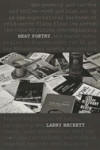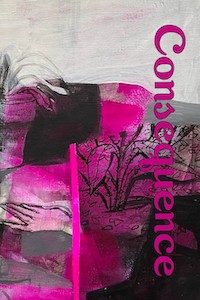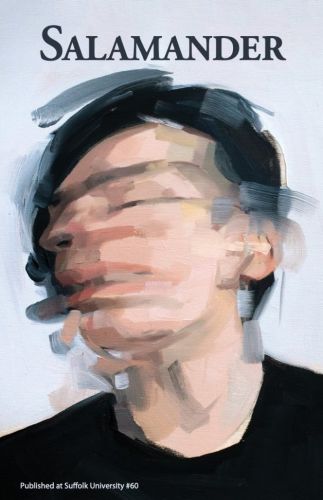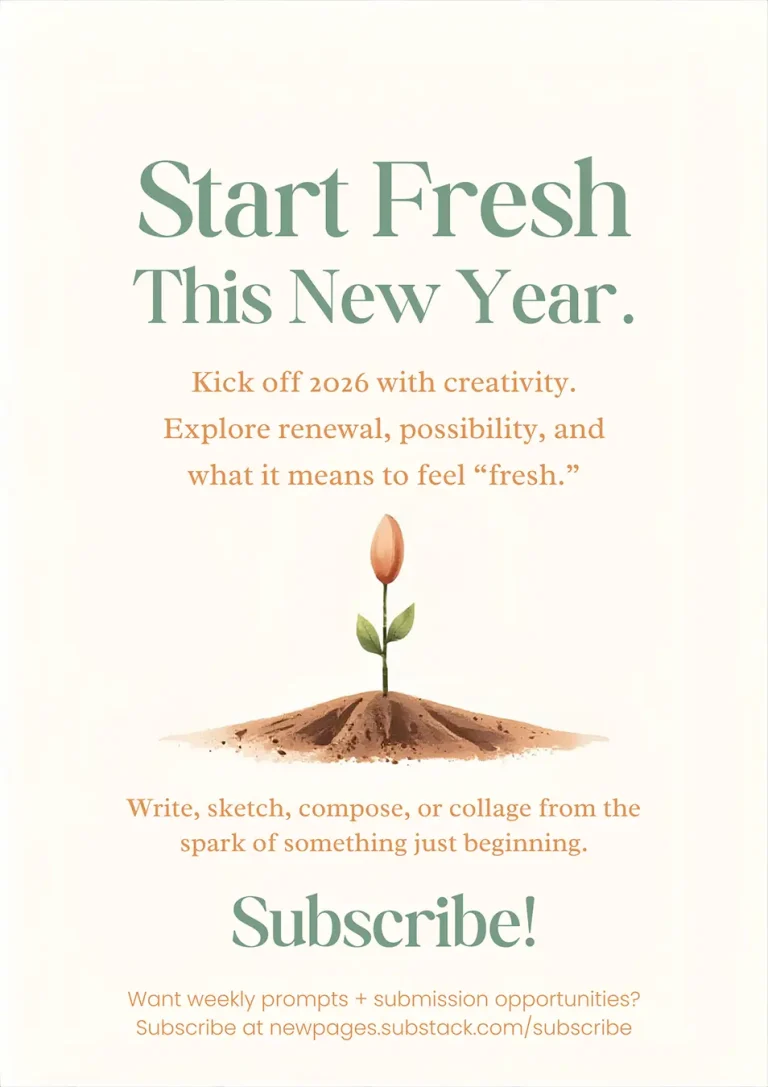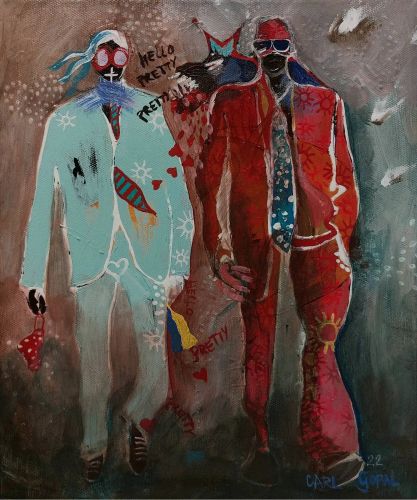Any collection of poetry and prose tells a particular story. It speaks to the influences, the narrative threads, and the aesthetic focus of the collector. The collection—the set of prosaic curios—provides the reader with the story the collector (the anthologizer) has pulled together to display. Beat Poetry is a particularly interesting collection of poetry—one part encyclopedia, one part timeline, one part showcase for the poetry itself, and one part literary critique. Beat Poetry is an assortment of moments from the Beat movement, carefully arranged by poet and songwriter Larry Beckett. Beckett’s collection celebrates the classic (from “Howl” to Jack Kerouac) and then moves on to Gregory Corso’s “BOMB,” John Wieners, and others. Although it is difficult to follow a single or specific narrative thread of the anthology, what is unambiguously clear from the collection is the diversity and freedom in poetic form that Beckett highlights.
Any collection of poetry and prose tells a particular story. It speaks to the influences, the narrative threads, and the aesthetic focus of the collector. The collection—the set of prosaic curios—provides the reader with the story the collector (the anthologizer) has pulled together to display. Beat Poetry is a particularly interesting collection of poetry—one part encyclopedia, one part timeline, one part showcase for the poetry itself, and one part literary critique. Beat Poetry is an assortment of moments from the Beat movement, carefully arranged by poet and songwriter Larry Beckett. Beckett’s collection celebrates the classic (from “Howl” to Jack Kerouac) and then moves on to Gregory Corso’s “BOMB,” John Wieners, and others. Although it is difficult to follow a single or specific narrative thread of the anthology, what is unambiguously clear from the collection is the diversity and freedom in poetic form that Beckett highlights.
Beat Poetry begins with what could be called an annotated timeline—a series of events, poems, and people wildly intersecting each other in San Francisco, the 1950s, and 6 Gallery. Indeed, Beat Poetry’s invocation by Jack Kerouac to Allen Ginsberg, “Let’s Shout / Our Poems / In San Francisco Streets,” sets the atmosphere and indeed the scene for the remainder of the book. While many sub-genres of Beat literature focus on journey, migration, and self-determined meaning, Beckett’s collection is very solidly situated in the geographic place (and its associated meaning) of San Francisco. In other words, his collection poses a couple of questions: Once the Beat poets had arrived in San Francisco, what did they do? What did they write? The answers become clear to the reader—they wrote about where they were, what they knew, and how they tried to make sense of the world around them.
Perhaps the most interesting aspect of Beckett’s collected anthology is his sense of the evolution of the classic Beat poems as they were being written. Beckett walks the reader through a first draft, a second draft, and then a final draft of one poem—showing that the final version of any of the poems has its own life history and iterative process. By taking the reader through this literary archaeology, pulling back the interpretation and re-interpretation within the strata of poetic expressions, Beckett fantastically illustrates the crazy, frantic hectic-ness of Beat literature.
Consider, for example, one of the most classic Beat poems—“Howl” by Allen Ginsberg. Perhaps one of the most oft-quoted and best remembered lines from the beginning of the poem, the reader sees the final version first:
I saw the best minds of my generation destroyed by madness,
starving hysterical naked,
juxtaposed with an earlier draft of the same beginning lines:
I saw the best minds of my generation destroyed by madness,
starving, mystical, naked,
By highlighting the changes in both punctuation and cadence, as well as the syntax, the reader easily appreciates the fluid, frantic nature of Ginsberg working to formalize his piece, moving from something that vaguely resembles Elizabethan blank verse to something typically “beatific.”
In a similar style of literary deconstruction, Beckett walks the reader through Gregory Corso’s “BOMB,” highlighting the allusions to classic literature as well as then-contemporary popular culture (e.g. “Do I hate the mischievous thunderbolt the jawbone of an ass / The bumpy club of One Million B.C.”). Perhaps most interesting is Beckett’s discussion of the physical style of “BOMB,” emphasizing its shape; the placement of the words on the page and the long scroll-like character of the poem create a mushroom cloud. Again, however, Beckett’s discussion of Corso’s actual writing process and intent (he wanted “BOMB” to be printed on one long page) gives the reader a deeper understanding of the poem.
Beat Poetry has a unique place in collections of Beat literature. It fills a niche that isn’t specifically academic, but still allows readers to explore some of the less-obvious aspects of the movement. Larry Beckett’s collection of poems clearly illustrates the commitment of Beat poetry to San Francisco and to the creative process of composition.

